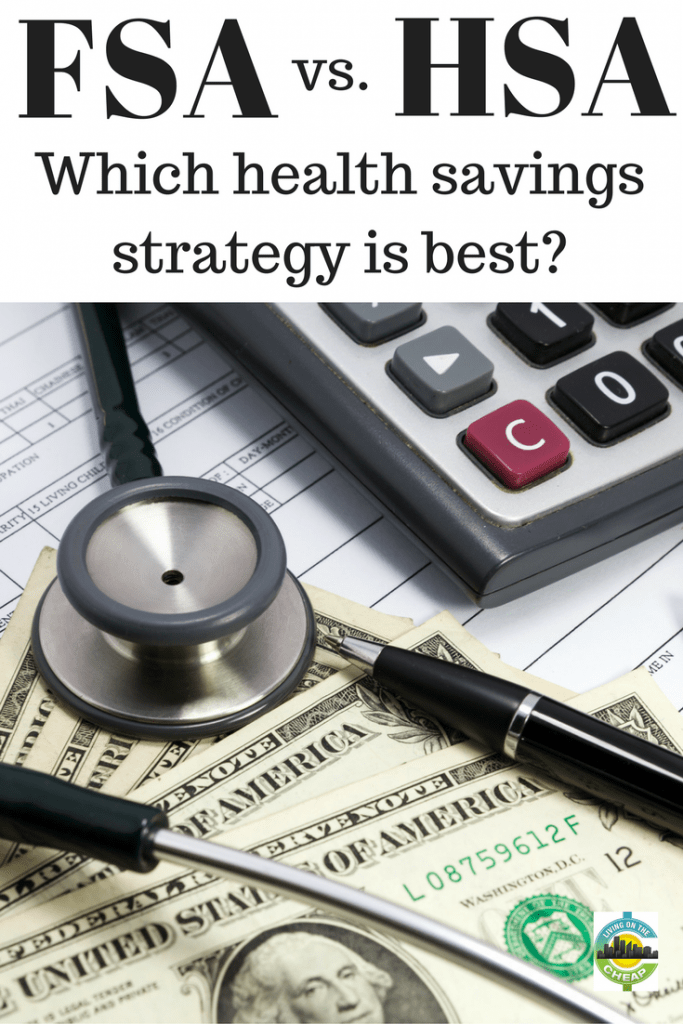
It’s open enrollment time in most workplaces, as well as for those who use the Affordable Care Act exchange, which means health care consumers are trying to make sense of the alphabet soup of the available benefits.
One choice many face is how best to maximize the tax savings that come with some health benefits. The U.S. tax code provides two ways to pay for health care with tax-free money, but both can be complicated.
With the rise of high-deductible medical plans, a new alternative has emerged – the health savings account (HSA). With these accounts in 2019, you can save up to $3,500 a year for an individual or $7,000 for a family ($5,500 if you’re 55 or older) for medical expenses. If you don’t use the money, it continues to roll over indefinitely, and you can use it for health care expenses in retirement.
Some employers offer a health reimbursement account, in which the employer contributes funds for the employee to use for deductibles and copays. It may be paired with a high-deductible plan, but that isn’t always the case. The funds belong to the employer and are forfeited if they’re not used.
You can only have an HSA if you have a health plan with a deductible of at least $1,300 ($2,600 for families), and many HSA-eligible plans have significantly higher deductibles, up to $7,150 for an individual and $14,300 for a family in 2016. The plan usually does not pay out any benefits until you have reached your deductible.
“You have to be realistic about whether that’s doable,” says JoAnn Volk, a senior research professor at the Georgetown University Center on Health Insurance Reforms. “You have to be prepared for all the paperwork that goes with it.”
It’s important to do the math to determine which plan is the best fit for your situation. High-deductible plans usually have lower premiums, but copayments, coinsurance and out-of-pocket limits also matter.
“Your exposure to health care costs are much higher” with a high-deductible plan, says Karen Pollitz,a senior fellow for the Kaiser Family Foundation. “You have to be comfortable taking on the expenses.”
But remember that choosing a plan with an HSA is only beneficial if you actually put money into the account. “If something does happen, you’ve got the money in the HSA,” Watts says. She estimates that half of employers make a contribution to their employees’ HSAs. “That is free money,” she says. “It can never be forfeited.”
Both types of plans include a lot of fine print. If you have questions, ask your company’s human resources or benefits departments.
Here are some features of each account to consider:
FSA
- Contributions. You have to predict your expenditures in advance. The FSA is a great way to use pretax money to pay for eyeglasses, contact lenses, LASIK eye surgery and copays for regular medications. You can save up to $2,700 in 2019.
- Eligibility. You can only have an FSA if you have an employer who offers one.
- Changes. Once you have chosen the amount to contribute, you can’t modify it unless you have a change in circumstances. So if you elect a high contribution because you expect to have an expensive surgery then don’t have the operation, you still have to contribute that amount and run the risk of losing it if you don’t have other medical expenses.
- Withdrawals. You can withdraw money before you put it in, up to the amount you have chosen to contribute for the year.
- Fees. Most FSAs do not have any fees.
- Investments. You cannot invest the funds in your FSA, and the funds do not earn interest.
- Carryover. You have to spend the money in your FSA by the end of the year or you forfeit the money. Some employers allow you to carry over up to $500 to the next year.
- Tax on withdrawals. You do not pay any taxes on the money you withdraw.
HSA
- Contributions. You don’t have to predict your expenditures in advance. The money is yours, and the account is in your name and is not tied to your job. If you reach retirement and have not spent all your money, you can use it to pay health care costs in retirement. Your employer may contribute to your HSA. That money is yours to keep, whether you need it for medical care or not.
- Eligibility. You can have an HSA even if you are self-employed, as long as you have an eligible high-deductible plan. The ACA exchange offers plans that are eligible for an HSA, as do private insurers.
- Changes. You can change your contribution amount at any time or contribute nothing, though choosing a high-deductible plan with an HSA may not make sense if you don’t plan to make any contributions.
- Withdrawals. You can only use money you have already contributed to pay for health care costs.
- Fees. An HSA usually comes with a relatively small monthly fee, though some employers may pay the fees.
- Investments. You can invest the unused funds in your HSA, just as you would with a brokerage account of 401(k). All the earnings are tax-free if they are used for medical expenses.
- Carryover. You don’t have to use the funds in your HSA for medical expenses when you incur them. You can elect to pay your medical expenses out of pocket and use the HSA as essentially another retirement account. However, if you incur medical expenses, you can withdraw money to cover those expenses years later if you save the receipts. If you’re laid off in 2018, for example, you have the option of going back and taking out tax-free as much money as you have spent on medical expenses since you established the account if you didn’t do it at the time.
- Withdrawals. You do not pay any taxes on money you withdraw for medical expenses. If you withdraw money for any other reason before you reach 65, you pay taxes plus a 20 percent penalty. If you withdraw funds for purposes other than medical care after age 65, you pay taxes on the withdrawal but no penalty.

